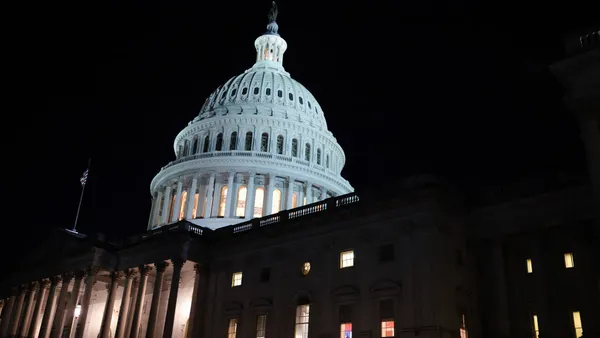Dive Brief:
- The first generation of science and technology high schools generally required students to test into them, but a new wave of these schools aims to meet the broad demand for STEM skills for students of all backgrounds.
- The Hechinger Report writes early research into the effectiveness of such programs shows traditionally underserved students generally score about the same as they might in a regular high school on standardized tests, but more students from these groups take college preparatory classes like calculus and chemistry, leaving high school better prepared.
- Inclusive science and technology high schools are more likely to be small, which means students get more attention from teachers and staff and are more likely to be pushed into higher-level courses even if they are not graduation requirements and would make students re-take lower-level courses they failed on the first try.
Dive Insight:
The lack of diversity in STEM fields can be traced back to K-12 experiences. If students do not master the introductory content before graduating from high school, they cannot test into credit-bearing, college-level coursework once they get to campus. This presents them with the choice of paying for a class that won’t get them any closer to graduation or choosing a major that doesn’t require such extra effort.
The New Jersey Center for Teaching and Learning trains teachers to offer algebra-based physics courses for ninth graders, preparing them for AP physics and college-level coursework in a range of fields. Bob Goodman, executive director of the NJCTL, encourages school officials to think of physics as the gateway to STEM fields because of its ability to be especially engaging for students. In New Jersey, schools that have partnered with the NJCTL have seen major increases in the number of black and Latino students taking physics.






 Dive Awards
Dive Awards







